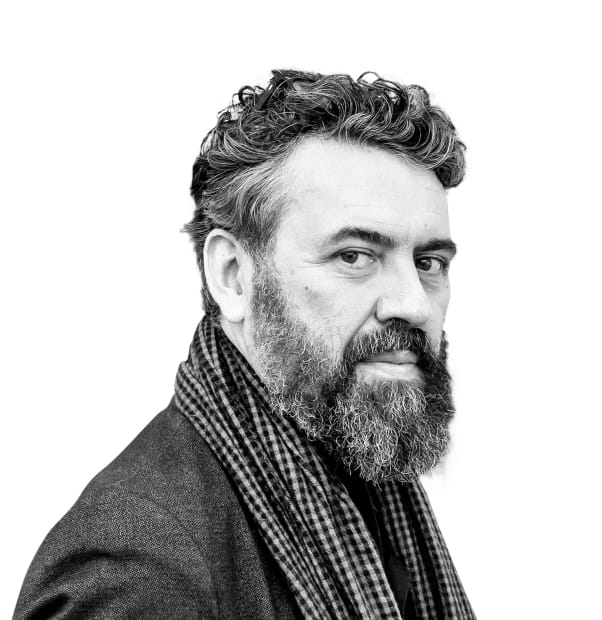The fourth edition of "Chambre d'Amis" featured a talk between Ria Verhaeghe and Philippe Van Cauteren, the General Director of S.M.A.K. (Stedelijk Museum voor Actuele Kunst) in Ghent, Belgium. Together, they discussed Verhaeghe's long-running project, Provisoria, which has culminated this year in a publication containing over 3,500 archival images.
Thanks to Luc, Mylène, and everyone who participated in creating this lovely fourth edition!
-
 Ria Verhaeghe. Photo credit: Alex Vanhee
Ria Verhaeghe. Photo credit: Alex Vanhee -
BIO
Though Verhaeghe obtained a visual arts degree at the Royal Academy of Kortrijk in 1978, she began her career as a nurse, working in a hospital for some years before devoting herself fulltime to raising her children. During this period, she began developing the threads of care, patience, observation that would follow her throughout her practice. Verhaeghe’s work has been the subject of solo and duo exhibitions including at Be-Part (Waregem, BE); Museum voor Schone Kunsten (Ghent, BE); Galerie C. De Vos (Aalst, BE); Fundació Antoni Tàpies (Barcelona, ES); FOMU – Photo Museum Antwerp (BE); and Huis van Herman Teirlinck (Beersel, BE). Her work has been included in group exhibitions at institutions such as the National Bank of Belgium (Brussels, BE); Museum Dr. Guislain (Ghent, BE); Kunstenfestivaldesarts (Brussels, BE); Cultuurcentrum Brugge (BE); the 5th Biennale of Moscow (RU); the 18th Biennale of Sydney (AU); the Rencontres Internationales Paris/Berlin (FR/DE); and many more. Her first monograph, Provisoria, was published by Art Paper Editions in 2025; it includes texts by Barbara De Coninck and by Philippe Van Cauteren, the director of S.M.A.K - Municipal Museum of Contemporary Art (Ghent, BE).
-
 Philippe Van Cauteren. Photo credit: De Morgen
Philippe Van Cauteren. Photo credit: De Morgen -
-
-
-
-
-
-
-
-
Thank you for joining us!






















